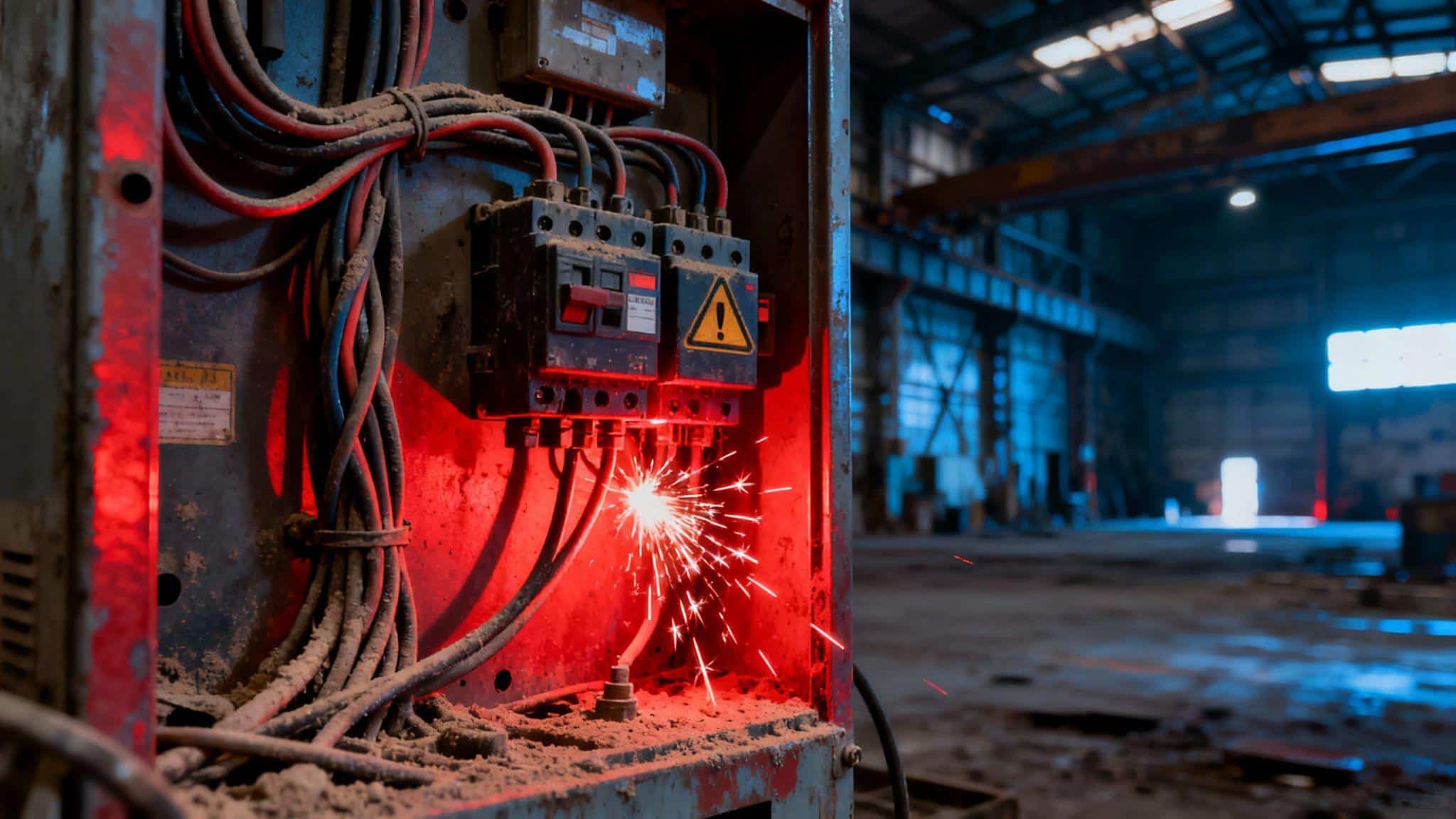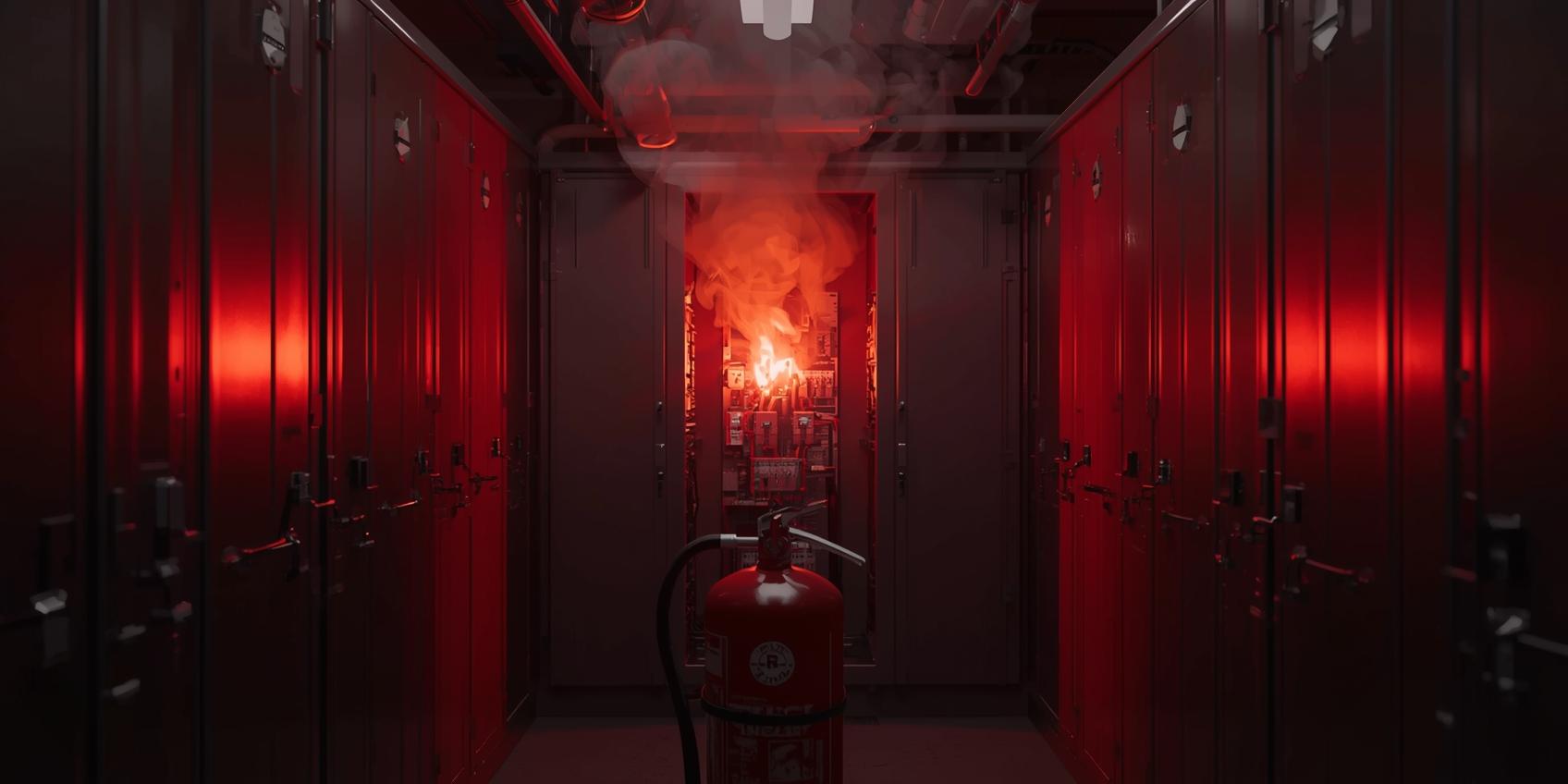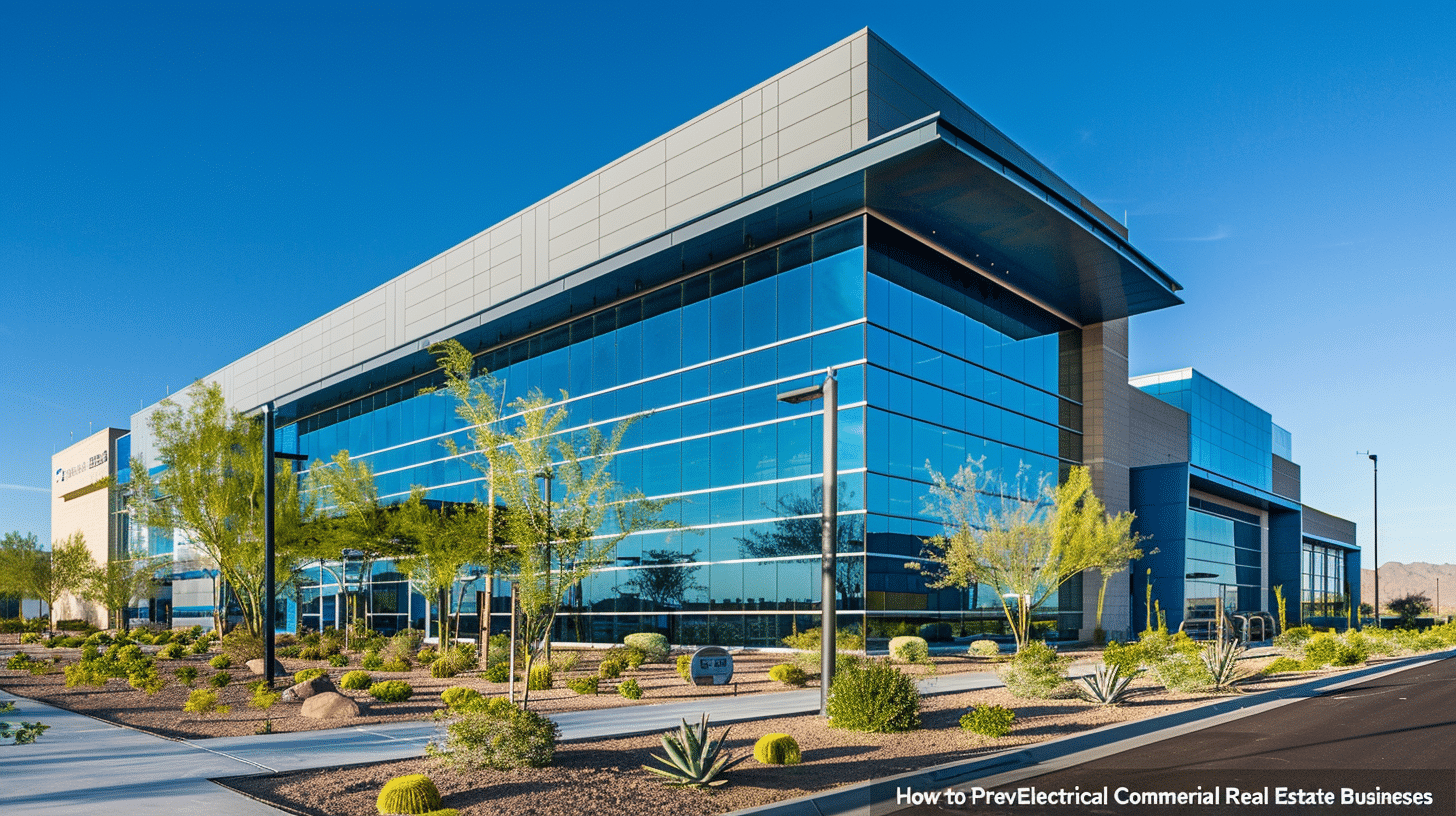How to Prevent Electrical Fires in Phoenix High Usage Commercial Real Estate Business
Key takeaways
- Electrical fire episodes continue to be a major cause of commercial losses in the United States and thousands of incidents have been linked to overloaded circuits, malfunctioning components, and old wiring systems.
- HighUsage properties in Phoenix are facing additional stress because extreme heat also makes it more likely for electrical equipment to overheat and begin a fire.
- Regular inspection practices, management of loads and obvious fire safety routines help to reduce the risk for large facilities.
- Working with trained professionals and enhancing fire protection plans to create long term safety for tenants, employees, and owners.
I have walked in a lot of commercial buildings over the years and I think of one day in particular. It was a warehouse just outside of Phoenix and the electrical panel room was warmer than the hallway. Not dangerously hot, but warm enough that I stopped for a moment. I think a majority of people could have ignored it.
A week later the facility manager called to say that they found loose connections and signs of an early electrical fire inside one of the older panels. Nothing had spread but the smell of burnt insulation lingered in that room for days. Little details like that remind me of the importance of awareness.
Phoenix businesses resist the intense daily heat, heavy HVAC loads, long operating hours and a mix of old and new wiring. Data from the USFA shows that all nonresidential buildings combined saw around 110,000 fire incidents in 2023, causing more than $3.1 billion in property damage, which reinforces how costly these risks can be in high-usage environments. When a commercial building works this hard, she increases opportunities for a spark to ignite something that she shouldn’t. And when something does ignite it generally happens fast.
Why High Usage Spaces Are So Prone to Electrical Fires
Electrical fires are started for various reasons and most of them accumulate gradually. According to the United States Fire Administration, nonresidential buildings experienced about 7,400 electrical-malfunction fires in 2023, resulting in more than $354 million in direct losses based on nationwide reporting. You may not see the early signs until it is too late. High heat environments will place pressure on electrical equipotential and make it heated up significantly sooner.
A stressed electrical system can develop loose connections. These form hot spots where the temperature rises to the point that the insulation will melt. Once that occurs, a little spark may contact other materials in the surrounding area and cause an ignition.

Many commercial building owners I encounter take the view that their circuits can cope with whatever they throw at them. That confidence makes sense, but is slightly misplaced. Overloaded circuits are a major cause of electrical fires on a yearly basis and the numbers are steady.
Every time someone plugs another piece of equipment into a single extension cord or power strips plug high draw equipment in, the hazard increases. It doesn’t fail this week, maybe not this month, but long term strain is important.
Poor installation practices, wiring that is too old and faulty parts, pose greater risks. A malfunction inside of a device can get hot before anyone can notice. The challenge is that these problems rarely are dramatic. These are concealed behind panels, in ceilings, behind machines or in crawlspaces.
How Did You Determine Your Electrical Fire Risk
You can avoid electrical fires by being more aware and doing things in your everyday routine. The first thing to be inspected is the building, even if you are confident that everything is fine.

When I go in to any facility I begin with simple questions.
- Do the breakers trip out more than usual?
- Are there warm outlets?
- Any buzzing from fixtures?
- Is the electrical panel clean, labelled and easy to get to?
You can look for potential problems by examining areas where the wiring can be damaged by heat or vibration. You can also be on the lookout for overloaded circuits in older rooms, especially if those rooms are primarily used by tenants or staff members who need to fill in the spaces using extension cords. And sooner or later, you will want a professional inspection of areas that require tools and training.
This is often the point at which a property manager will call on an electrical contractor in Phoenix, to get a deeper look. Someone with familiarity with local conditions knows the effects of heat on components and what typically-seen buildings in the area struggle with. I think that this is a step that is worth taking because it brings in a second set of eyes and catches the potential hazards that people walk past every day.
Practical Methods To Prevent Electrical Fires
Once you know the risks, you can begin to develop better habits. Fire prevention is not always complicated. Small steps add up.
- Check the electrical panel room periodically. Keep it clear of storage.
- Be sure to protect all wiring from movement, bending or moisture.
- Replace damaged cables, sockets or switches at the first sign of a problem.
- Spread out equipment loads rather than clustering equipment on just one circuit.
- Limit the amount you use extension cords for in terms of temporary usage and only with low draw devices.
- Incorporate regular inspection schedules for the building staff.
- Have the proper fire extinguisher nearby and close to high load areas.
At one point I witnessed a server room where someone is stringing together three power strips end to end behind a row of racks. No one meant any harm, it was a makeshift solution that stuck around too long. Heat was trapped, the cords melted and one day a little spark left a charred mark in the floor tile. A fortunate reminder, not a tragedy
Some businesses are more interested in upgrading important equipment before any problems arise. Modern-day circuit breaker designs are better as far as detecting arc faults. Thermal cameras can detect hot spots inside walls. These additions are electrical safety with data that you can act on. Companies with heavy machinery should record the lifespan of each of their pieces of equipment and replace older electrical equipment before they go bad.
Addressing Common Building Hazards
Every commercial building has its trouble spots. Kitchens, mechanical rooms, workshop areas and server areas attract the heaviest loads. These are also the places where a spark is apt to burst into flame quickly if something slips. You can minimize the risk by educating your team of what to look out for.

Warm outlets and flickering lights, regular breaker trips and strange smells are usually signs of electrical hazards.
Loose connections behind switches can accumulate heat without showing anything from the outside.
Dust on equipment limits the flow of air and also makes it easier for machines to overheat.
When I converse with property managers I mention how helpful it is to maintain a simple log. If an outlet gets hot, make a note of it. If a circuit breaker trips twice in the same week, make a note of that as well. Patterns help you to identify potential failures before they grow into real fire hazards.
Proper Maintenance: The Role It Plays
Even with good habits, maintenance is your best weapon. Scheduled checks help to catch minor issue early. Electrician can check the building once or twice annually. A licensed electrician can identify loose connections, worn insulation and changes in load that should be addressed. Typically, one visit will result in a breve list of repairs. Some managers postpone these fixes, but I believe postponing means more cost down the road.
During maintenance visits, have your contractor check panels, test circuits and check grounding. They are also able to check for overheating parts and monitor aging equipment. Many electrical fires begin with minute details of a person’s life the sort of things that do not appear threatening from a first momentary glance.
When Something Goes Wrong
If something starts to smoke or a breaker will not reset, the safest thing you can do is turn the device off and stay away. Do not use water on an electrical fire. Small rated fire extinguisher can take care of minor cases, but the large ones need the evacuation. No matter the incident, even if contained, check over the area for faults. Look for damaged wiring, melted parts or signs of ignite points. Then, make all the repairs and then restore power.

In the aftermath of things like this, people are often surprised at how small the original trigger was. Just one loose connection accordingly heated up. A breaker who waited one minute too long. Most electrical fires begin silently.
Strengthening Your Long Term plan
Real fire prevention is easier if you create a culture around it. Train personnel responsible for train maintenance to inspect key locations. Update the documentation of your electrical system every year. Mark the date(s) of the last inspection. Write down which circuits provide power to which rooms. Replace equipment at known time intervals instead of waiting for it to fail.
It can feel repetitive, I know. But every step reinforces safety. When everyone knows what to look for, there will rarely be a need for a hazard to get out of hand where it could be ignited.
FAQs
What causes most electrical fires at commercial buildings?
Loose connections, overloaded circuits, damaged wiring and overheating equipment are some of the top sources.
How often should I check my electrical system?
At least once per year, however, and more often in high usage facilities where the load changes on a daily basis.
Can electrical fire be started by an extension cord?
Yes, in particular when used on a long-term basis with high draw equipment. They are not intended to replace permanent wiring
How do I know if my circuit breaker is bad?
Frequent tripping, buzzing sounds or excess hotness around the panel is an indication that you need a professional to look at this.
Does Phoenix heat result in increased electrical hazard?
High temperatures put strain on systems, make equipment overheat quicker and increase the likelihood of older wiring failing.
Final Thoughts
The problem with electrical fires is not that they are impossible to prevent, but that they develop under cover of darkness. Phoenix buildings have hard jobs to do each and every day and that’s a lot of pressure.
With regular inspection, good fire safety habits and better management of loads, you can mitigate the risk and save your commercial building for the long run.








